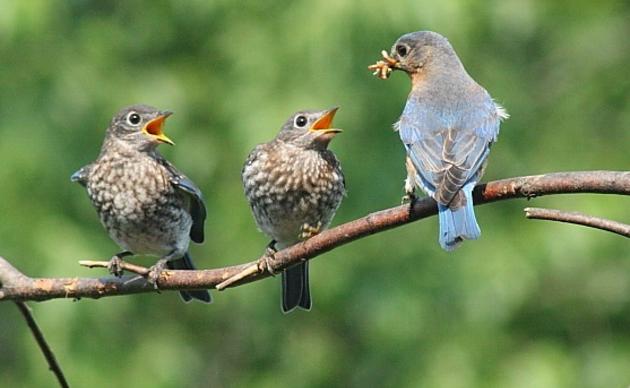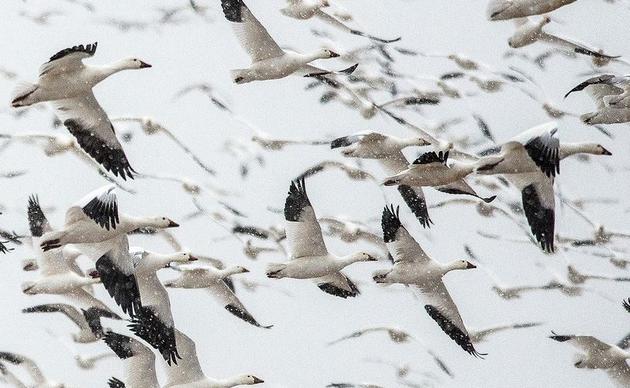Originally posted by the National Audubon Society, by Elizabeth Deatrick
July 22, 2015
On a stretch of public beach on the shores of Lake Ontario in New York, a tiny shorebird huddles in a hollow of sand, sheltering its eggs from the burning sun. This unassuming bird is a triumph for wildlife conservationists across North America: It’s a Piping Plover. The endangered shorebirds haven’t nested on this beach in more than 30 years—but now they’re back.
After years of increased protection and habitat restoration, Piping Plovers are finally recovering from near-extinction throughout North America. The Great Lakes populations had a particularly rough go. Plovers are intensely loyal to their nesting grounds, and the Great Lakes plovers don’t intermingle with Atlantic or Great Plains plovers. That was bad news, as their habitat was especially vulnerable: The wide, sandy beaches where plovers like to nest, rich in tasty invertebrates and convenient camouflage, are also in high human demand in the Great Lakes. When people and plovers compete for shore, people usually win. At the Piping Plovers’ lowest point, in 1990, there were only 12 nesting pairs in the Great Lakes region.
But thanks to the Piping Plover’s 1989 listing on the Federal Endangered Species list, these birds are on the rebound. Protecting their habitat during nesting season was key. Throughout the Great Lakes, and along the Atlantic coastline, local Audubon societies recruited “bird steward” volunteers to teach beachgoers to stay away from nests, avoid flying kites over nesting grounds, and keep their pets on leashes. Concerned biologists crafted “exclosures”—wire-mesh cages that kept predators (like foxes, raccoons, and hawks) away from the nests, while still allowing young chicks some freedom. State and national park officials fenced off plover nesting grounds to keep beachgoers out, and cleared away invasive plants to restore plover habitats. “There’s been a hugely intensive effort to safeguard population’s breeding,” says Matt Jeffery, Deputy Director for Audubon’s International Alliances Program. “Over the last few years, they’ve had relatively good successes with the breeding.”
So far the recovery has been slow but steady: A record 73 pairs now nest on the shores of the Great Lakes, mostly on Lake Michigan. And the birds are dispersing into new territory: As of 2015, five Great Lakes plovers wander the beaches on the New York side of Lake Ontario.
The birds aren’t out of danger yet. Some predators have learned that when exclosures appear on beaches, tasty parent plovers will be in the area. Humans also still threaten the birds—and not just beachgoers. “A big oil spill in the wrong place could really do us harm, and climate change is very worrying for a bird that lives on the coast,” says Vince Cavalieri, the Great Lakes Piping Plover Coordinator for the U.S. Fish and Wildlife Service. (After the 2015 Santa Barbara oil spill, tar balls washed up on a prime nesting beach for threatened Western Snowy Plovers, and without the help of the human cleanup effort, the birds’ food supply would have been coated in toxic oil.)
Nonetheless, conservationists are counting the Lake Ontario plovers as a great success. “I remember I joked 10 years ago, ‘Oh, maybe we should try to get plovers back on Lake Ontario!’ ” says Jillian Liner, Director of Bird Conservation for Audubon New York. “It seemed [like] such a far-fetched idea.”




